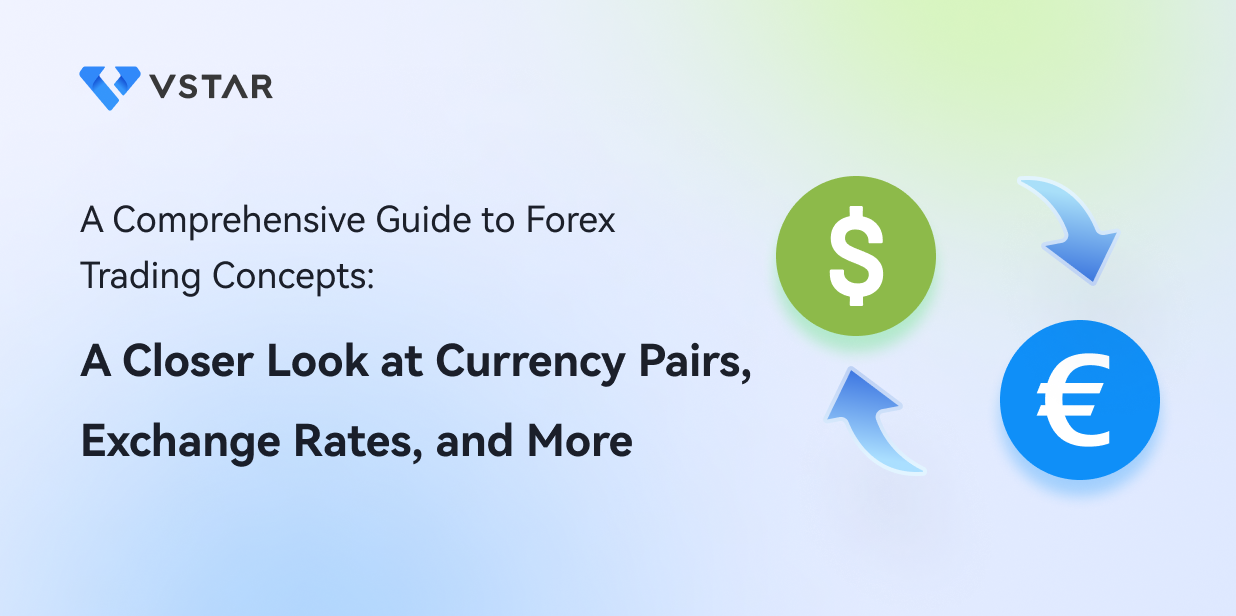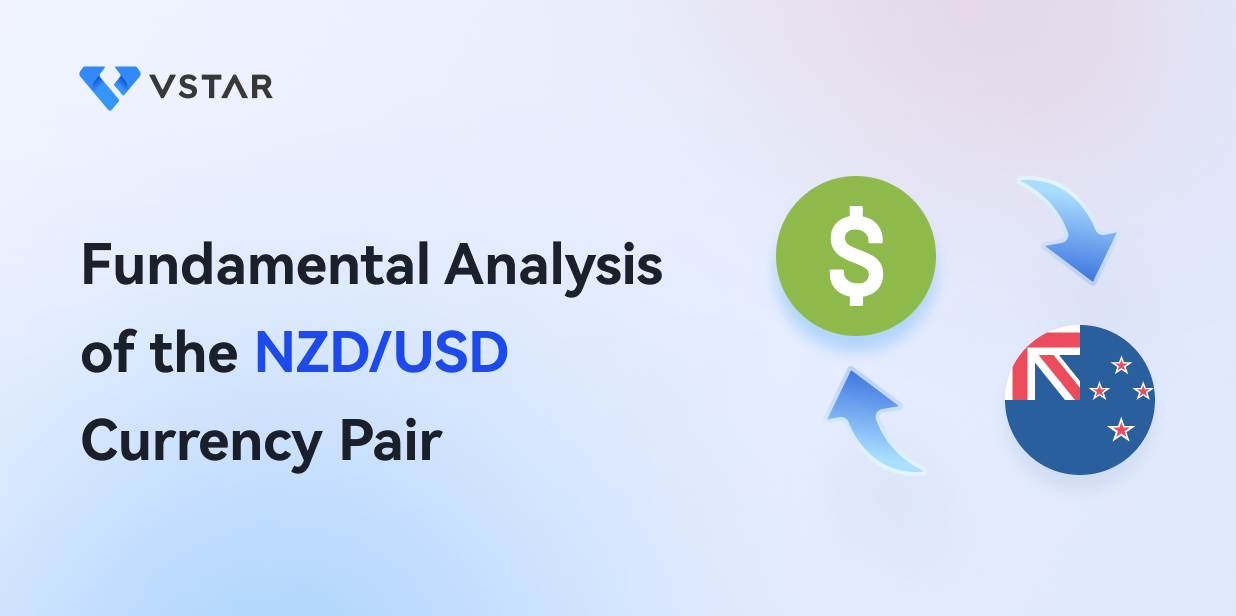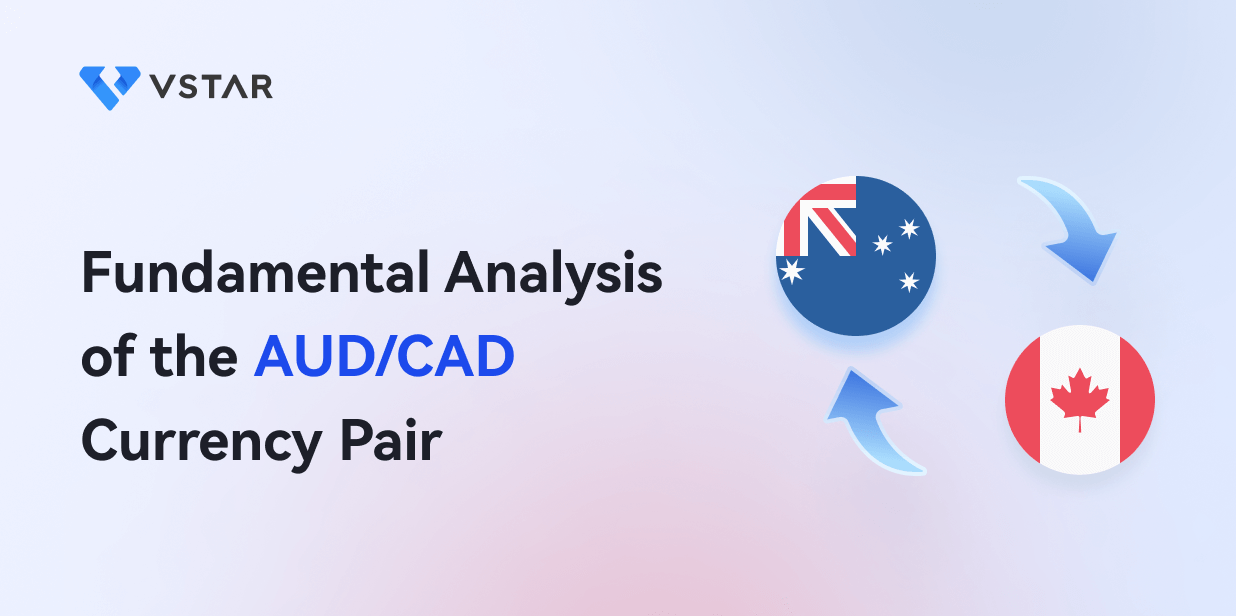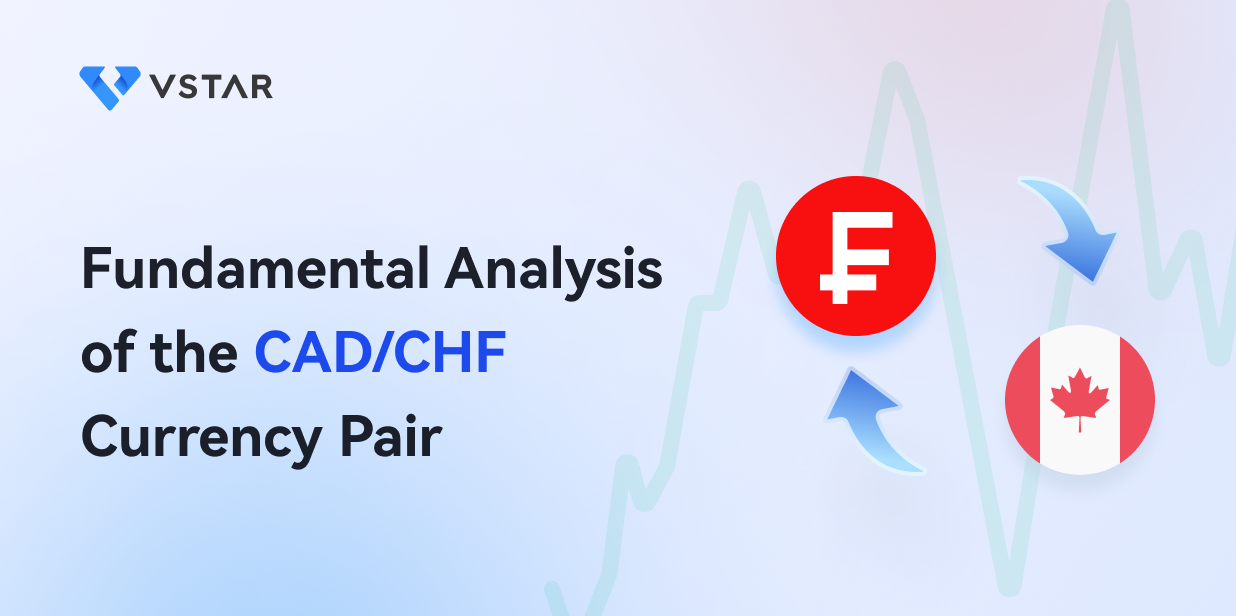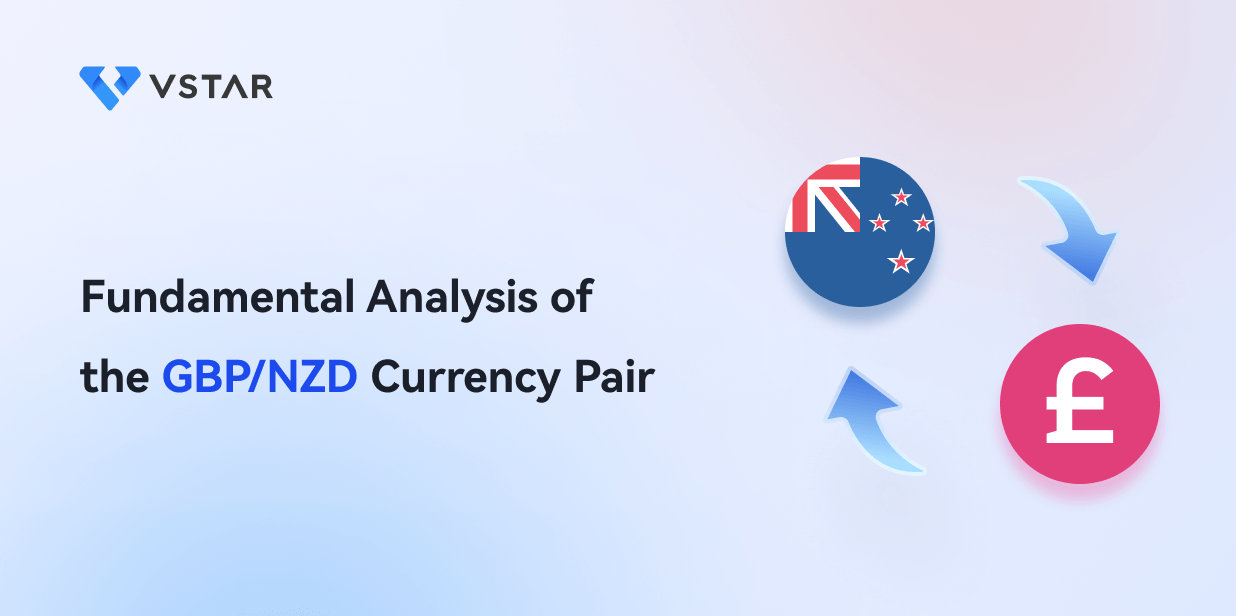Definition of Forex
Forex (FX or Foreign Exchange) involves trading one currency for another. It occurs in the decentralized forex market - the largest financial market in the world by volume.
The FX market is open 24 hours on weekdays since every country (of various time zones) uses a currency. Operations start from 22:00 GMT on Sunday until 22:00 GMT Friday.
Historical Context and Evolution of Forex Trading
Against some beliefs, foreign exchange has somewhat existed since the ADs because people from different regions have always devised means to swap legal tenders, goods, and services.
However, the modern, easily-accessible market you know today resulted from the Bretton Woods system collapse in 1971. Currencies could then float against one another more freely to form currency pairs.
Importance of Forex Trading in Global Finance
Interestingly, forex trading has more significance than price speculation for profit. Here are a few:
● It aids seamless transactions between countries.
● It allows central banks to reach particular objectives, impacting a nation's economy.
● Investors and large international firms can hedge against losses during offshore transactions.
Understanding Currency Pairs
Currency pairs are value quotations of one national currency against another, e.g., USD/CHF.

The first one in a pair is the quote or counter currency, while the second is the base currency. Therefore, USD is the quote currency, and CHF is the base in the earlier example.
Forex trading platforms may write currency pairs differently, sometimes omitting the slash or replacing it with other punctuation or space. However, the quote currency is always the first in the order.
Types of Currency Pairs
Currency pairs can be in two categories:
● The Majors: Major currency pairs feature USD and have the highest market liquidity. They include EUR/USD, GBP/USD, AUD/USD, USD/JPY, USD/CAD, and USD/CHF.
● The Minors: The minors are those without an association with the USD. They are of two kinds - the cross-currency pairs and the exotic pairs.
Cross-currency pairs involve major currencies with competitive value, such as GBP/JPY and EUR/AUD. On the other hand, only one of the constituents of the exotic currency pairs is major while the other isn't. Examples include AUD/SEK, EUR/PLN, and GBP/TRY.
The majors are the most commonly traded currency pairs, with EUR/USD leading the pack.
Understanding Exchange Rates
Exchange rates are the value of one currency in another, i.e., the amount of one nation's money you must provide to get some amount of the other.
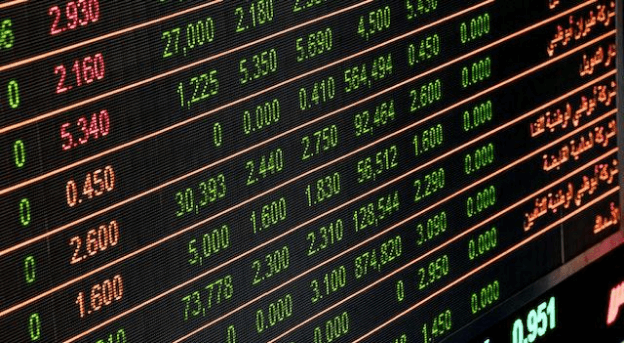
In the forex market, every currency pair has an exchange rate. For example, if the exchange rate of USD/CHF is 0.9162, it means 1 USD is worth 0.9162 CHF, or 100 US Dollars equals 91.62 Swiss Franc.
Factors That Influence Exchange Rates
Conventionally, exchange rates are always highly volatile. Sometimes, their values change only by a few pips; other times move by hundreds and thousands.
The following are some key factors responsible:
● Inflation and interest rates differentials between countries
● Government debt
● Terms of trade (TOT)
● Political stability
● Recession
Understanding Pips and Pipettes
Many currency pairs today have exchange rates to 2 or 4 decimal places. The lowest value change of such rates at the last decimal is called a pip.
For instance, if GBP/USD moves from 1.2285 to 1.2286, that .0001 value rise is one pip. The two-decimal USD/JPY rates only need a rise or drop of their exchange rates by 0.01 to equal one pip.
Forex trading platforms also quote exchange rates to a third and fifth decimal called a pipette. It, then, becomes the lowest value change in such cases.
One pipette is the increase or decrease in the exchange rates by 0.00001 or 0.001. It is 1/10 of a pip.
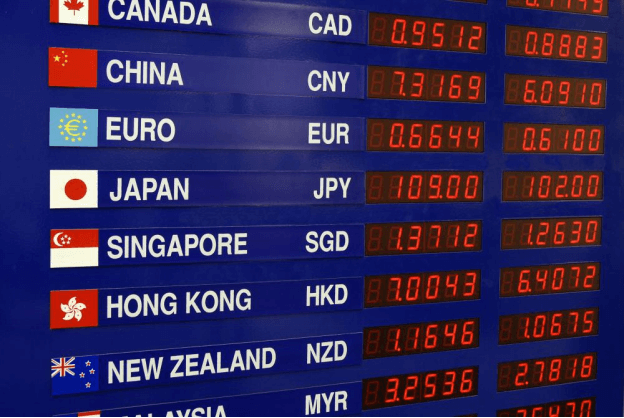
The Role of Supply and Demand in Forex Trading
In finance, when the supply of an asset increases, its value declines. Conversely, when supply lowers, the value rises.
Also, as the demand for an asset increases, its value rises, and vice-versa.
If supply or demand is relatively stable, the other's increase or decrease can lead to a value rise or fall.
Traders believe this supply and demand phenomenon also impacts forex exchange rates.
Theoretically, the value of a currency should drop when the fundamental factors affecting it point that there will be more of its supply (or less of its demand). On the contrary, it should be more valuable when supply decreases (and demand increases).
Its currency pairs, therefore, see some change in their exchange rate.
Market Sentiment and Its Impact on Supply and Demand
Just as you may have an opinion of the market when staring at forex trading charts, others also read them with a notion. Their views may be similar to yours or not.
However, the general mood of every market participant is called market sentiment.
It directly affects the supply or demand of a currency because if the market sentiment is positive, the bulls begin to buy (demand) more, reducing its supply.

Conversely, its supply increases when the market is pessimistic.
Sentiment analysis in forex is a common practice among traders to get in sync with the current conditions. Some observe the market with various timeframes to determine it, while others use forex indicators.
Understanding Leverage and Margin
If you've considered and been researching forex trading, "leverage" and "margin" are two popular terms you must have come across. What exactly are they?
Leverage in forex trading is the freedom to control a large amount of money by only providing a little for a broker to lend you the rest. For instance, with a 1:50 leverage, you can trade with $200,000 with only $4,000.
Margin is the amount you provide to access the broker's "loan," which is $2,000 in the above instance. Forex trading platforms, brokerages, and traders usually express it in a percentage of the full position amount.
Thus, trading $200,000 worth of any currency pair with a margin requirement of 1% means that $2,000 will be sufficient.
The broker sets this capital aside to allow you to open a new position. Therefore, the margin requirement varies by broker but also by currency pairs.

Risks of Using Leverage in Forex Trading
As exciting as leveraging (forex margin trading) sounds because it can amplify your potential gains, you must consider the following risks:
● Magnified losses: Forex leverage magnifies every loss during forex trading.
● Margin calls: Margin calls are when the amount deposited from a brokerage can't cover a loss. The equity falls below the "used margin" (funds the broker locks to maintain open positions).
Hence, the broker would require a "payback" deposit, or else it may close the orders.
● Stop outs: Forex margin trading also cause stop outs, which are worse than margin calls because the broker automatically closes your trades to prevent more losses.
It is a terrible disadvantage because the trade might have been profitable if you didn't use the leverage.
Reading Forex Charts and Technical Analysis
Technical analysis primarily demands "reading" forex trading charts to forecast price movement. Such analysts may need to observe the patterns in several timeframes, from one minute to days, weeks, or months.
The charts can be of several types depending on the forex trading platform, but below are the most popular:
● Candlestick charts
● Line charts
● Bar charts
While observing them, technical analysis traders employ various instruments and forex indicators, such as:
● Trend lines
● Relative Strength Index (RSI)
● Regular shapes
● The stochastic oscillator

The goal is to use the forex charting tools to identify trading opportunities from patterns, trends, and support and resistance levels.
Fundamental Analysis
Admittedly, most forex trading strategies executed, discussed, and shared are from technical analysis. Yet, there's an utterly different method to approach the market "fundamentally."
Fundamental analysis in forex entails understanding real-life factors that affect the market. They include announcements, news, or events, which may be social, economic, or political.
Unlike technical analysts, fundamentalists hardly focus on forex trading charts extensively.
The essential goal is to anticipate how better or worse a country's economy will become soonest. It will impact its currency's demand and supply, ultimately affecting the exchange rate.
Key Economic Indicators and Their Impact on Currency Prices
Below are three significant economic indicators that impact currency prices and how fundamentalists use them as forex trading signals:
● GDP Output: When a country releases its GDP, a value higher than was projected strengthens its currency usually, and vice-versa.
Therefore, fundamental traders can buy or sell any of its FX pairs until the next GDP release.
● CPI: CPI shares insights into a country's economic growth and inflation. Hence, when released, a nation with a stronger economy will see more demand for its currency.

Conversely, there's less interest in an economically-weak country's currency.
● NFP: NFP release affects every major currency pair, being an update about US's unemployment rate. A higher unemployment rate means a weaker USD, and vice-versa.
Forex Risk Management
Forex risk management is a strategy to minimize losses to maintain net profit long-term.
Statistics show that only a meager percentage of forex traders are profitable, and you can't get into such a category without proper risk management.
There are several factors to consider, such as calculating your ideal position sizing and risk/reward levels. Hence, after determining all your estimated values, you can take trades, sticking to rigid rules.
Stop-loss and take-profit commands will be indispensable to facilitate your forex risk management. You can define and set them with forex charting tools to close potentially winning or losing trades.
Other useful forex order types include limit order and trailing stop.
Admittedly, it's common for emotions to influence your judgment while forex trading.
Such trading psychologies will significantly impact your outcome. That's why you must strictly obey your risk management rules established earlier.
Choose a Reliable Broker
You may have realized throughout this article that brokerage choice can make or break your forex trading venture. They control all your market dealings, from opening orders to respecting take profit levels.
Therefore, VSTAR should be your go-to FX broker for maximum benefits.
All the major currency pairs are at your disposal to enjoy each's massive liquidity at zero commissions and the tightest bid-ask spread in forex. Market orders are fast and reliable as you access the 1:100 leverage.
Moreover, VSTAR's license and regulation from renowned bodies prove how much the broker upholds transparency.
There's also no problem if you're a novice. You can open a demo account with VSTAR to simulate live trading with zero risk while relishing the forex trading tutorial and educational resources provided.
Conclusion
Forex trading can be daunting for beginners, especially if you've never enjoyed number crunching or staring at price charts. Luckily, this article is a leapfrog in the right direction.
Successful trading won't be far-off by understanding and applying these key concepts to build and maintain a solid foundation.
FAQs
What Is the Meaning of Forex?
Forex is an acronym for Foreign Exchange which means trading one currency for another in a decentralized market.
What Is Leverage and Margin in Forex?
Leverage in forex trading is the ability to use massive funds from a broker to trade by providing a small percentage. The percentage amount you provide is the margin.
Why Is Supply and Demand Important in Trading?
Supply and demand is the driving force of price in the forex market. Hence, understanding them with their causes and market sentiments can result in profitable trades.
Does Technical or Fundamental Analysis Work for Forex?
Technical and fundamental analyses have several forex trading strategies that work for forecasting price movement. The former entails observing price charts anticipating trends and patterns as forex trading signals, while the latter deals with real-world events influencing currency prices.
*Disclaimer: The content of this article is for learning purposes only and does not represent the official position of VSTAR, nor can it be used as investment advice.
